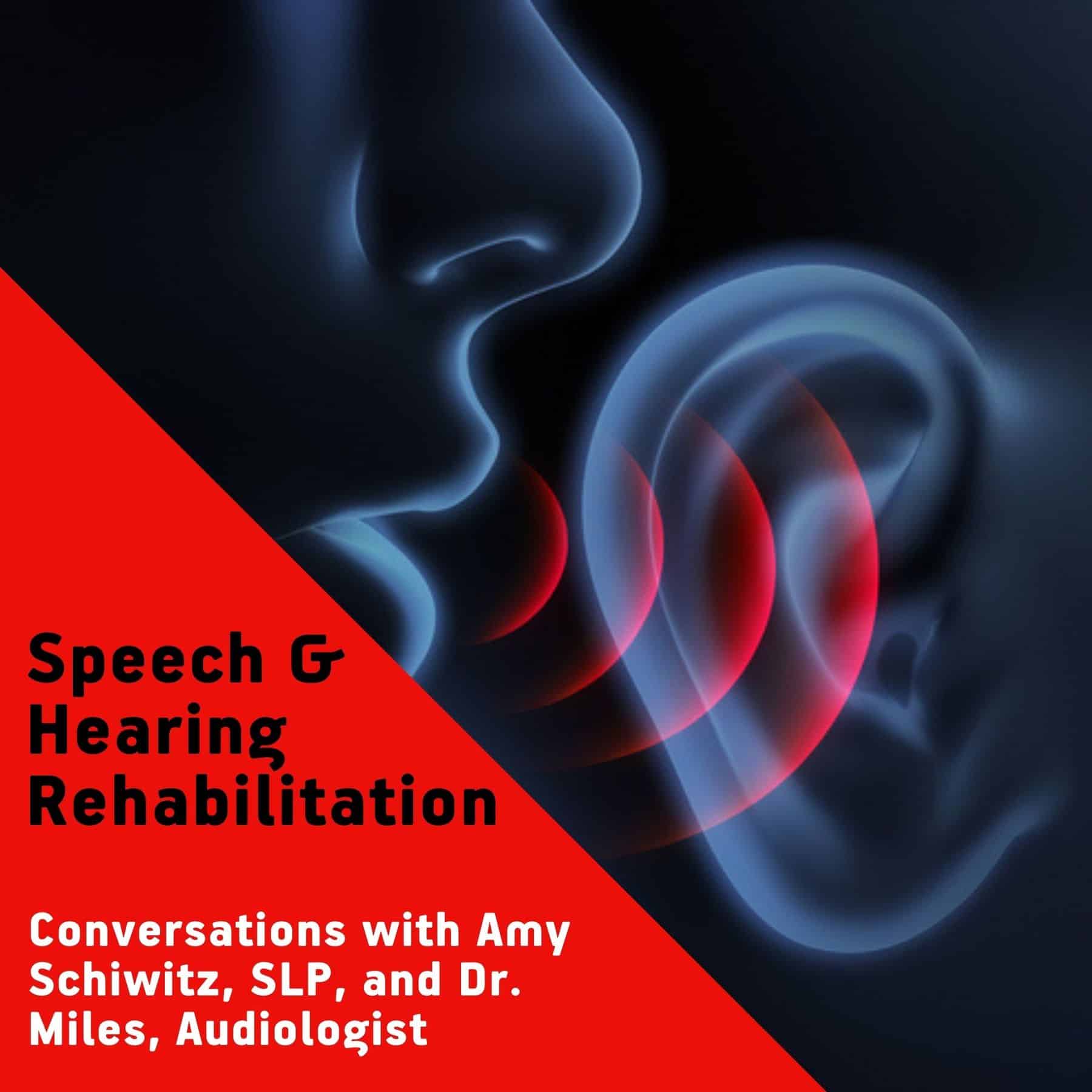Speech and Hearing Rehabilitation: Conversations with ExcelENT Experts
While many ENTs offer services related to speech and hearing, at ExcelENT of Alabama, we offer something that’s a little unique, which is full speech and hearing rehabilitation. But why might someone need these services? At the very heart of…
